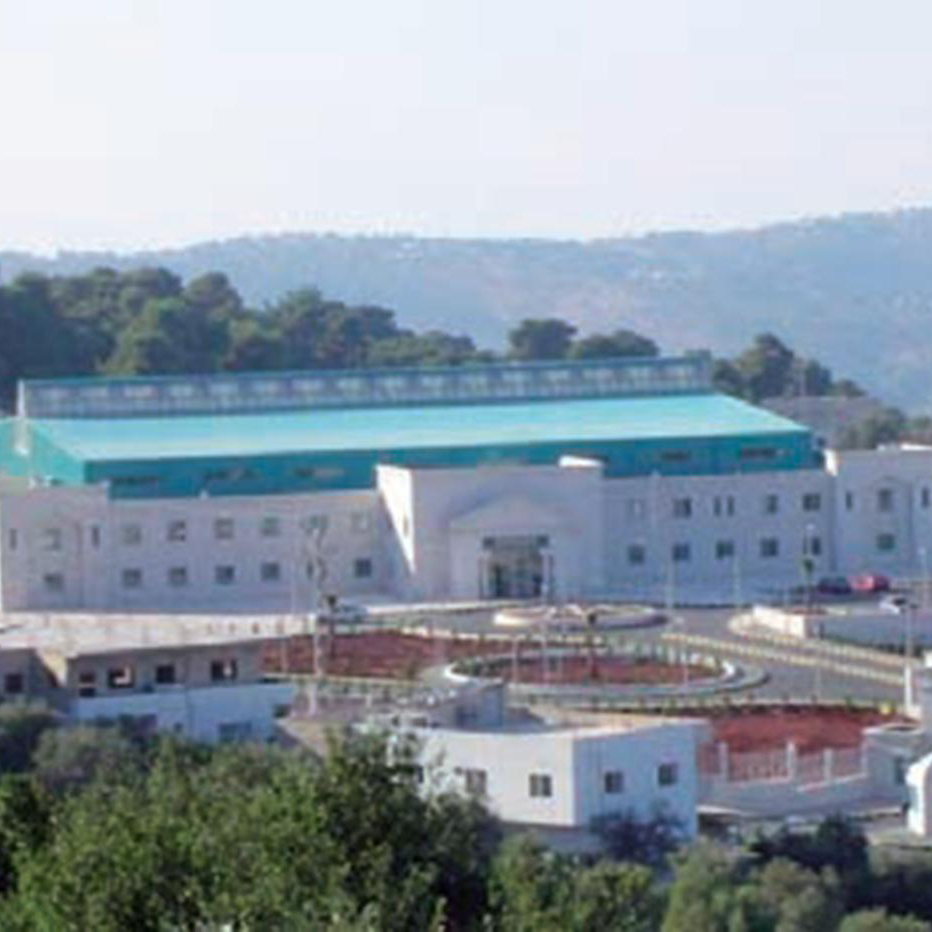The SESAME site in Jordan was established by UNESCO
Scientists at the University of Liverpool have contributed to the development of a new international experiment, SESAME (Synchrotron-light for Experimental Science and Applications in the Middle East), based in Jordon, to allow researchers from the region to investigate the properties of advanced materials, biological machines that sustain life and cultural artefacts.
Like CERN, it was established under the auspices of the United Nations Organisation for Education, Science and Culture (UNESCO) with members that include Jordan, Israel, Iran, Pakistan, Egypt, Cyprus, Turkey and the Palestinian Authority. Observer countries include China, Japan, France, Germany, UK and USA.
Increase cooperation
By creating a world class science facility the aim is to prevent or reverse the region’s brain drain and increase cooperation among scientists from different countries and territories.
Nearly a decade ago, SESAME was catalysed by the original donation from Germany of the decommissioned BESSY 1 synchrotron light source in Berlin. However, the scientists are building a new facility and are only using the injector and the booster synchrotron from BESSY 1.
The first phase of beamlines are under construction, some completely new and some utilising the best of components from other recently decommissioned synchrotrons including the UK’s Synchrotron Radiation Source (SRS) at Daresbury.
Chris Llewellyn Smith, from the University of Oxford, is President of SESAME’s council; he said: “SESAME will be the Middle East’s first large scale international science facility. Building such a project anywhere is a major undertaking and having the support and cooperation of partners such as CERN, European synchrotron laboratories such as Diamond and SOLIEIL, and STFC is very important.
“Not only have laboratories round the world donated equipment, but there is also a huge programme of knowledge transfer to ensure that young scientists and engineers from the region can use and develop SESAME into the future.”
STFC has been involved with the project from its early days, hosting SESAME staff supported through IAEA fellowships. In June, the latest Fellow will join STFC’s detector group to commission a multi-element fluorescence detector donated by the University of Liverpool for SESAME’s XAFS beamline. The detector was originally used on the SRS.
Biology to minerology
Professor Samar Hasnain, from the University of Liverpool’s Institute of Integrative Biology, founding Chair of the Beamline Advisory Committee, and member of SESAME’s Council, said: “The detector is still considered state-of-the-art so it will be good to see it installed on one of the seven Phase 1 beamlines. It will be used for looking at a wide range of materials from biology to minerology”.
The donations from the University of Liverpool and STFC, which form the basis of three beamlines at SESAME, make the UK the second largest external contributor, after the EU.
Watch SESAME’s Zehra Sayers and Eliezer Rabinovici talking about SESAME at TEDxCERN. http://www.youtube.com/watch?feature=player_embedded&v=vrQ73AztQoM

